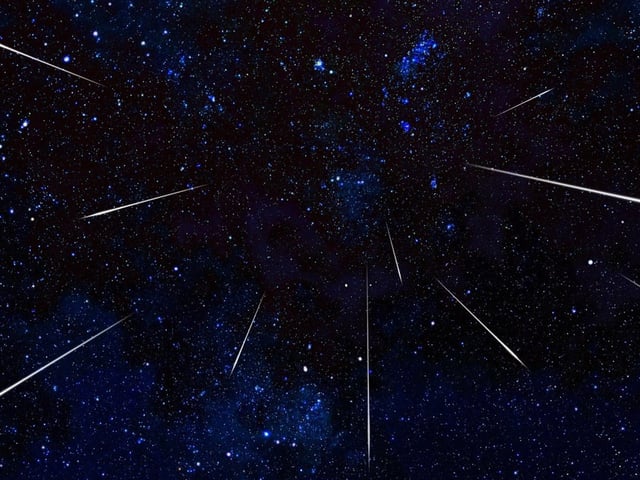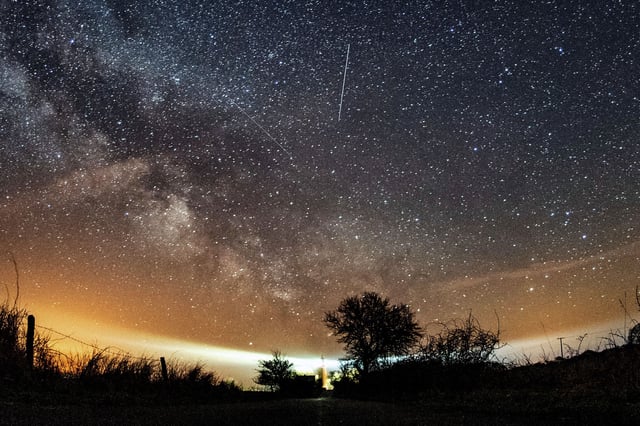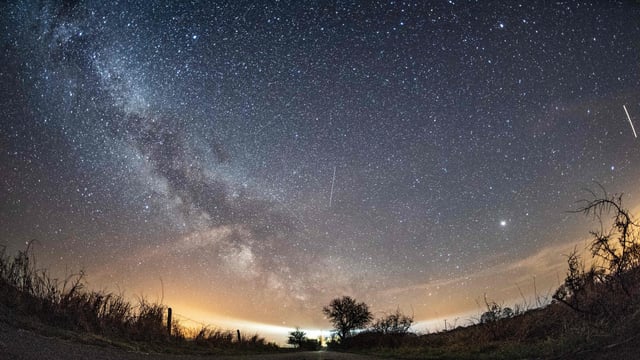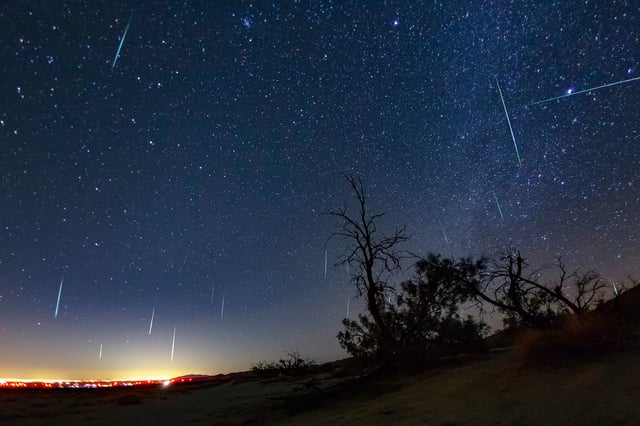Overview
- The Lyrid meteor shower, one of the oldest recorded, is at its peak, offering up to 20 meteors per hour under ideal dark-sky conditions.
- This year's viewing is slightly affected by a 40% waning crescent moon, which may obscure fainter meteors.
- Best viewing times are between midnight and dawn, with observers advised to avoid bright lights and allow 30 minutes for their eyes to adjust to the dark.
- The meteor shower results from Earth passing through debris left by Comet C/1861 G1 Thatcher, which orbits the Sun every 415 years.
- Stargazers in the Northern Hemisphere have optimal visibility, though weather conditions and light pollution may impact sightings in some regions.



